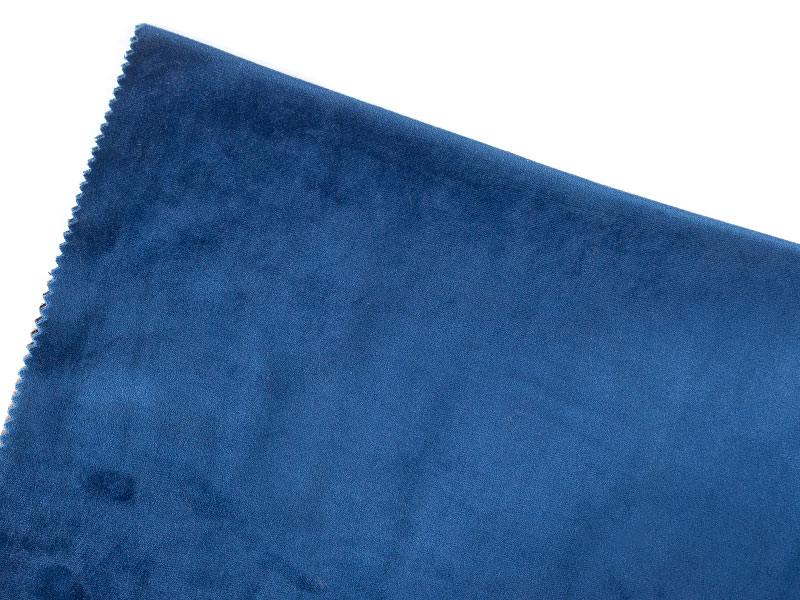Dutch fleece, also commonly referred to as Dutch anti-pill fleece or simply Dutch fabric, is a popular textile known for its exceptional softness, warmth, and versatility. While the "Dutch" in its name might suggest a specific origin or unique material, it primarily denotes a particular type of polyester fleece that has been treated to resist pilling—those annoying small balls of fiber that can form on fabric surfaces after wear and washing.
At its core, Dutch fleece fabric is predominantly made from 100% polyester. This synthetic fiber is derived from petroleum and undergoes a fascinating manufacturing process to become the plush material we recognize. Polyester is a polymer, and its long, strong chains of molecules contribute to the fabric's durability and resilience.
The Manufacturing Process: From Pellets to Plushness
The creation of Dutch fleece begins with polyester pellets. These small, solid pieces are melted down and then extruded through tiny spinnerets, similar to how spaghetti is made. This process forms continuous filaments of polyester. These filaments are then crimped or textured to give them a fluffy, wool-like feel.
Next, these crimped fibers are spun into yarn. The yarn is then knitted into a fabric, typically using a circular knitting machine, which creates a dense, loop-like structure. What truly distinguishes Dutch fleece and its "anti-pill" characteristic is the subsequent finishing process. The fabric surface is brushed vigorously, which raises the fibers and creates the soft, fuzzy texture that fleece is known for. It's during this brushing and then a shearing process that the fabric is carefully treated to minimize the likelihood of pilling, ensuring a smoother, longer-lasting surface.

Why Polyester? The Benefits of Dutch Fleece's Composition
The choice of polyester as the primary material for Dutch fleece fabric offers several key advantages:
-
Warmth: Polyester fibers are excellent at trapping air, creating an insulating layer that provides significant warmth without excessive bulk. This makes Dutch fabric ideal for blankets, hoodies, and cozy loungewear.
-
Softness: The brushing process gives Dutch fleece its characteristic soft hand feel, making it comfortable against the skin.
-
Durability: Polyester is naturally strong and resistant to stretching, shrinking, and many chemicals, contributing to the longevity of Dutch anti-pill fleece.
-
Moisture Resistance: Unlike natural fibers, polyester is hydrophobic, meaning it repels water. This makes Dutch fleece quick-drying and less likely to absorb moisture, which is beneficial for outdoor wear or items that need frequent washing.
-
Easy Care: Dutch fleece is generally machine washable and doesn't require special care, making it a convenient choice for everyday items.
-
Pill Resistance: As mentioned, a key feature of Dutch fleece is its engineered resistance to pilling, maintaining a smooth appearance even after repeated use and washing.
In essence, while the name "Dutch fleece" might sound exotic, its fundamental composition is a testament to the remarkable versatility and engineering of polyester, creating a fabric that excels in comfort, warmth, and practicality for a wide array of uses.


 Language
Language  English
English 中文简体
中文简体 عربى
عربى





















